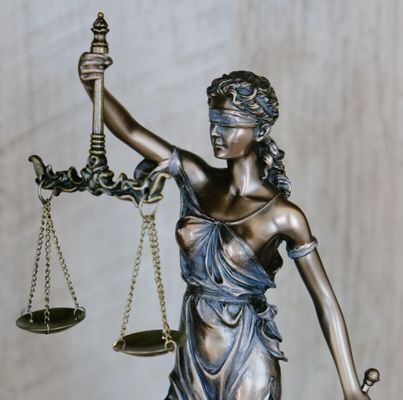-
With our extensive expertise, collaboration among our attorneys enables us to provide the requisite knowledge and skill to effectively serve our clients.
-
Cline Williams represents a diverse range of individuals and institutions with widely varying legal needs, which is reflected by our practice areas.

Since 1857
Our professional excellence runs deep.
For over 160 years, we have represented leading citizens, businesses, and institutions in communities, large and small, throughout the Midwest. We take pride in providing clients the highest level of expertise, advocacy, and guidance in helping them achieve their goals, and in building the places we call home.


Company Culture
Community focused.
We live, work and thrive best when we do it together. Cline Williams has made our home in the Great Plains, and we believe in building strong communities through service. We support our communities through board service, volunteering, and contributing financial and other resources. Your community is our community and we are proud to support many charitable organizations throughout the Great Plains.
On December 1, 2025, the U.S. Supreme Court heard oral arguments in Cox Communications v. Sony Music Entertainment, a case centered around the obligations of internet providers in addressing illegal actions by their users. Sony has sued Cox, rather than its users, for copyright infringement based on Cox’s failure to terminate the internet access of suspected copyright infringers. Sony won at trial and before the Fourth Circuit Court of Appeals, but during oral arguments, several SCOTUS Justices expressed reservations about holding Cox liable for the downstream actions of its subscribers.
Cline Williams is pleased to announce the firm has been recognized by Best Lawyers® "Best Law Firms" 2026. The firm received 20 rankings overall for the Lincoln and Omaha Metropolitan areas. 15 of the practice areas achieved first-tier metropolitan rankings and 5 received second-tier rankings.
Best Lawyers® “Best Law Firms” rankings are based on a rigorous evaluation process that includes the collection of client and lawyer evaluations, peer review from leading attorneys, and review of additional information provided by law firms as part of the formal submission process. A firm must have at least one lawyer recognized in the latest edition of The Best Lawyers in America® to be eligible for "Best Law Firms".



